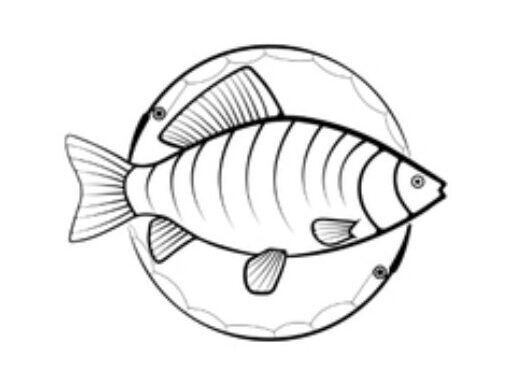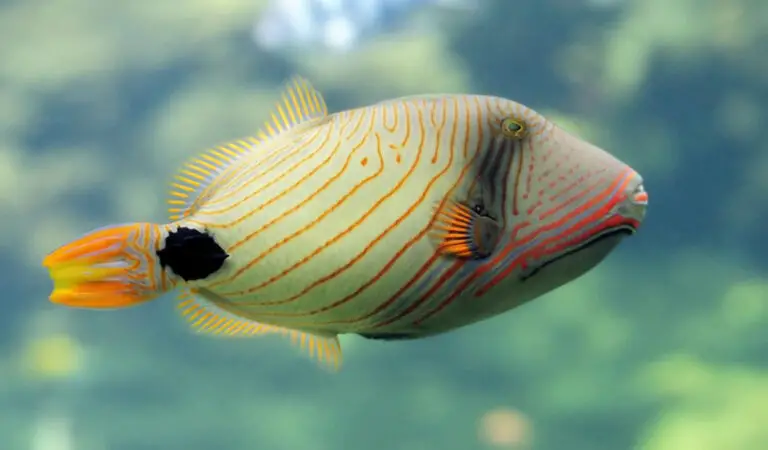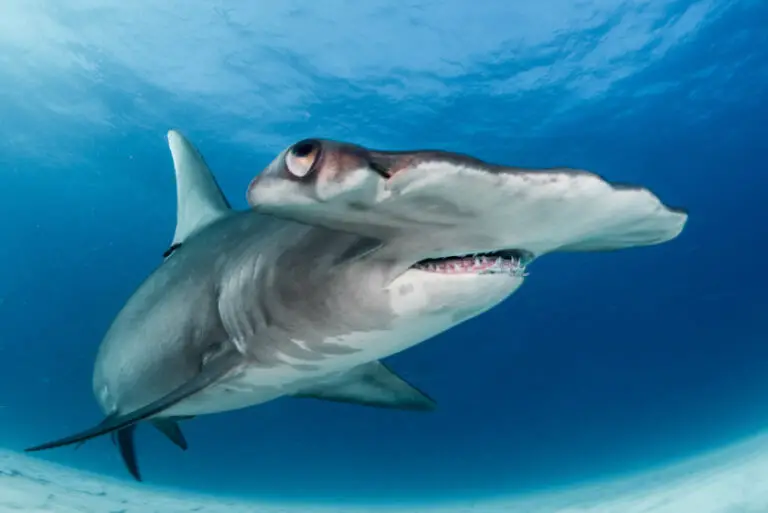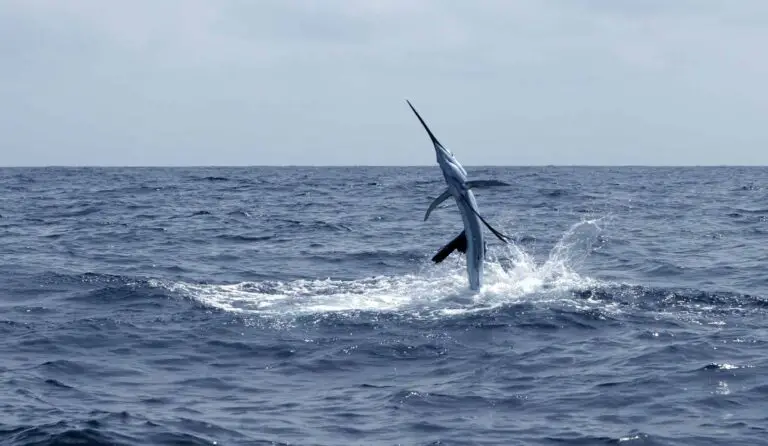Clownfish Saltwater Fish Profiles
Clownfish, with their vibrant colors and curious personalities, are not only a quintessential part of the reef but also a beloved addition to marine aquariums. Famously known as Nemo from the Pixar movie “Finding Nemo,” clownfish have a charm that captivates aquarists and enthusiastic fish keepers worldwide. This blog post aims to be a comprehensive guide for aquarists, from setting up the ideal tank environment to ensuring the fish’s well-being and even discussing the ethical implications of the aquarium trade.

Introduction to Clownfish
A Splash of History
With a lineage that traces back over 60 million years, Amphiprioninae, the scientific name for clownfish, has a rich natural history. They are endemic to the warm waters of the Indian and Pacific Oceans, typically found sheltering in the protective fronds of sea anemones. These territories, often located within coral reefs, provide a balance of safety and sustenance that these fish have adapted to thrive within.
Popularity in Aquariums
Clownfish have become an iconic species in home aquariums, partly credited to the increased interest generated by popular culture. However, their appeal runs deeper than this, extending to their ease of care and intriguing behavior. There are over thirty recognized species of clownfish, some of the most common being:
- Amphiprion ocellaris (common clownfish)
- Amphiprion percula (true percila clownfish)
- Amphiprion sebae (sebae clownfish)
Setting Up the Ideal Environment for Clownfish
Tank Size and Setup
Clownfish, while relatively small in size, prefer a bit of room to dart and hide. Generally, a tank of 20 gallons or more is acceptable for a pairing, with an additional 10 gallons per fish recommended in a multi-level tank setting. It is vital to provide a blend of open space and rocky shelter to mimic their natural habitat.
Water Parameters and Quality
Stability in salinity, pH, and temperature is crucial. Aim for a specific gravity of 1.020-1.024, pH between 8.0-8.4, and a temperature range of 75-82°F. Regular water changes, a good filtration system, and live rock can help maintain these levels and provide a natural source of food.
Compatible Tank Mates
Clownfish are known to be relatively peaceful species and can coexist with many other marine fish. However, cautious selection is essential to avoid overly aggressive tank mates that could stress them out or harm them. Potential tank mates include gobies, dartfish, and some species of damselfish.
Feeding and Nutrition
Dietary Requirements of Clownfish
Clownfish are omnivorous and in the wild, feed on algae, plankton, and small crustaceans. In captivity, it’s vital to replicate this diet to ensure their nutritional needs are met. This can be achieved through a mix of quality flakes or pellets, occasional live or frozen food, and an assortment of marine vegetation.
Best Practices for Feeding
To encourage natural behaviors, try to feed your clownfish small amounts multiple times a day. Overfeeding can lead to nutrient imbalances and poor water quality. Observe the fish to understand how much food they actually consume and adjust portion sizes accordingly.

Common Health Issues and How to Avoid Them
Signs of a Healthy Clownfish
A healthy clownfish will be active, display vibrant colors, and interact with other tank inhabitants. Monitor their eating habits, as a lack of appetite is often the first clue to an underlying health issue.
Preventative Measures and Treatment for Common Diseases
The most common health issue for clownfish is the dreaded marine ich, a parasitic disease that causes white spots on the fish’s body. Proper quarantine of new tank inhabitants, regular water maintenance, and a stress-free environment can help prevent such outbreaks. When disease does occur, treatment includes adjusting water salinity and temperature or using commercial treatments under a veterinarian’s guidance.
Breeding Clownfish in Captivity
Overview of Clownfish Breeding Behavior
Clownfish are one of the few marine species that can be bred in captivity. Breeding pairs establish a routine that involves cleaning a designated spawning site (often a flat rock or a chosen spot within the anemone’s domain) and guarding the eggs.
Considerations for Setting Up a Breeding Tank
Creating the right setup and environmental conditions is key to inducing breeding. This includes a separate breeding tank with low lighting, regular water flow, and stable water parameters. Care must be taken to simulate the changing conditions of the home anemone during spawning time.
Sustainability and Ethical Considerations
The Impact of the Aquarium Trade on Clownfish Populations
The ongoing demand for marine fish in home aquariums has led to overharvesting and habitat degradation. For clownfish, as for all marine species, ethical sourcing and sustainability are critical in ensuring their long-term survival.
Steps Towards Responsible Fishkeeping
To be a responsible fish keeper, consider the origin of your pets, support captive breeding whenever possible, and participate in conservation efforts. Small acts, like volunteering at a local reef restoration project or educating others, can have a large positive impact on marine ecosystems.
Conclusion
Understanding the needs of your clownfish and providing them with an environment that closely mimics their natural habitat is not just important for their well-being, but also for the health of marine ecosystems. With thoughtful care, these iconic reef dwellers can bring joy and wonder to aquarists while contributing to the larger effort of preserving our underwater world.
Remember, every decision you make as an aquarist has the potential to protect or harm our oceans. Choose wisely, and together we can ensure the clownfish, and every other marine creature, continue to enchant and inspire for generations to come.







